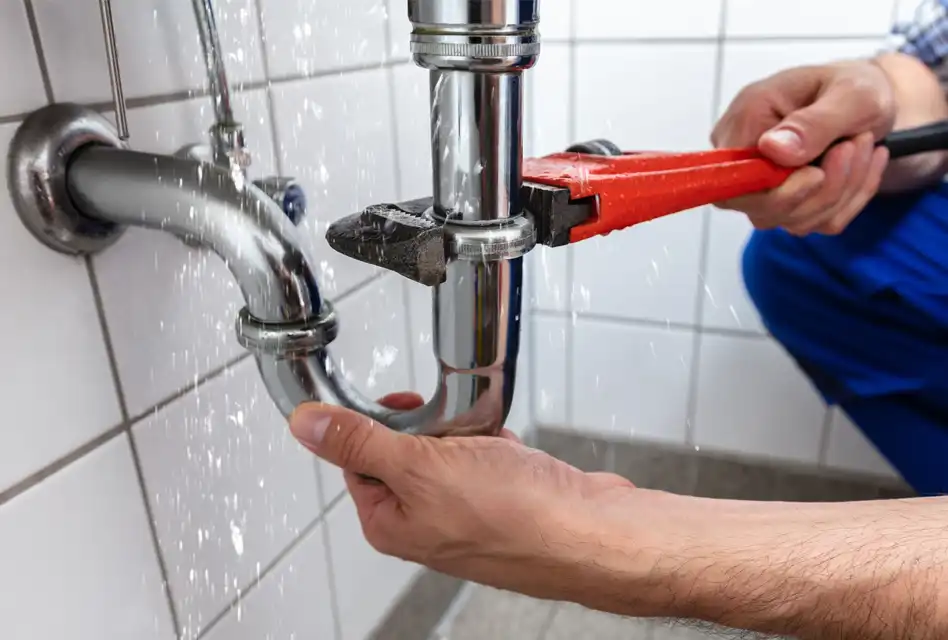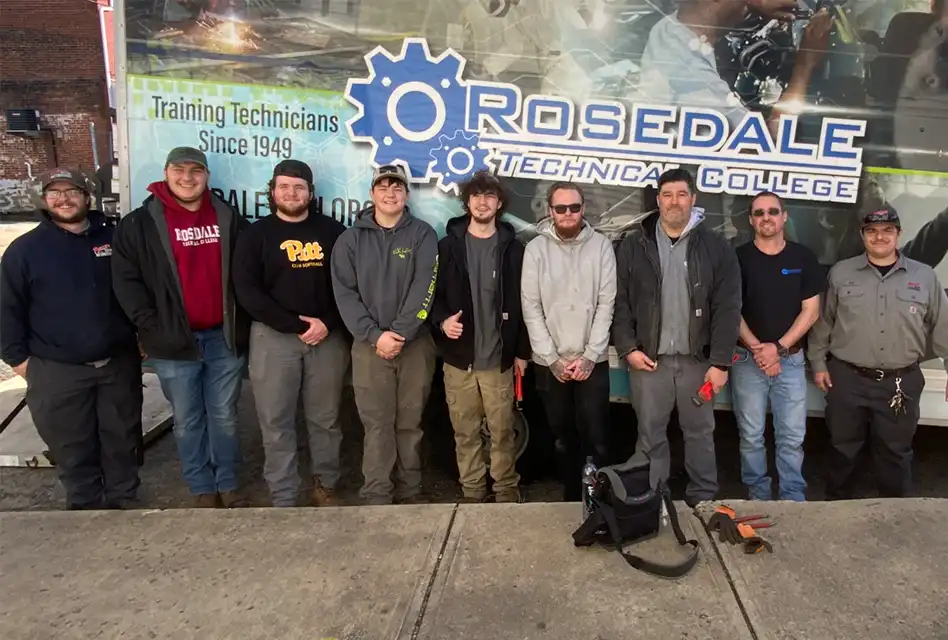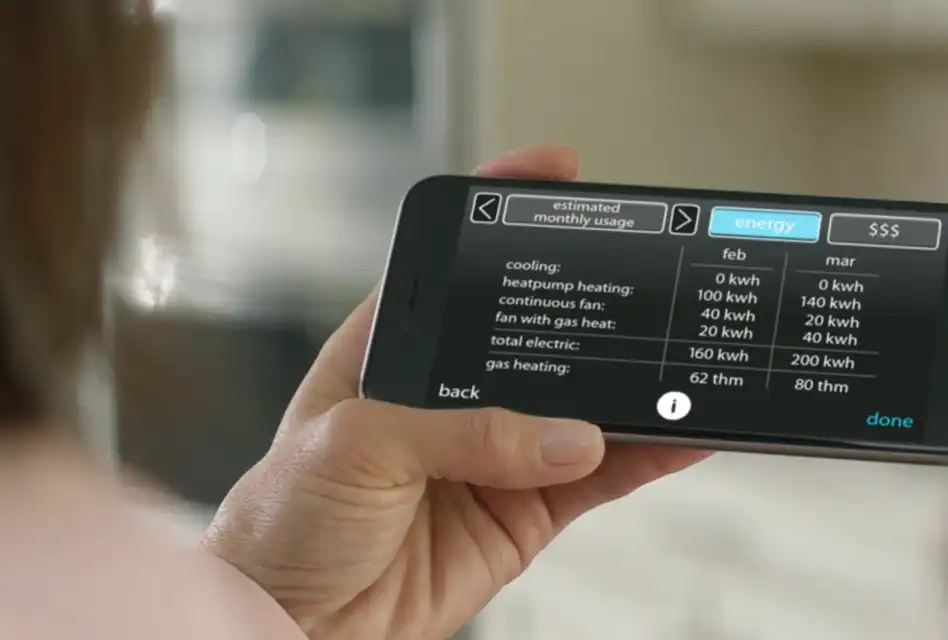[fusion_builder_container hundred_percent=”no” equal_height_columns=”no” menu_anchor=”” hide_on_mobile=”small-visibility,medium-visibility,large-visibility” class=”” id=”” background_color=”” background_image=”” background_position=”center center” background_repeat=”no-repeat” fade=”no” background_parallax=”none” parallax_speed=”0.3″ video_mp4=”” video_webm=”” video_ogv=”” video_url=”” video_aspect_ratio=”16:9″ video_loop=”yes” video_mute=”yes” overlay_color=”” video_preview_image=”” border_size=”” border_color=”” border_style=”solid” padding_top=”” padding_bottom=”” padding_left=”” padding_right=””][fusion_builder_row][fusion_builder_column type=”1_1″ layout=”1_1″ background_position=”left top” background_color=”” border_size=”” border_color=”” border_style=”solid” border_position=”all” spacing=”yes” background_image=”” background_repeat=”no-repeat” padding_top=”” padding_right=”” padding_bottom=”” padding_left=”” margin_top=”0px” margin_bottom=”0px” class=”” id=”” animation_type=”” animation_speed=”0.3″ animation_direction=”left” hide_on_mobile=”small-visibility,medium-visibility,large-visibility” center_content=”no” last=”no” min_height=”” hover_type=”none” link=””][fusion_text]
Don’t Let Mid-Winter Furnace Problems Put You in the Cold
On a cold winter night, all you want to do is turn up the heat, snuggle under a blanket and be thankful for the warmth of the inside compared to the blustery weather outside. So, when you hear a clunking or squealing coming from your heating system, or worse, you suddenly stop feeling any warm air pumping out, your cozy winter evening could quickly turn into a frigid one.
Fortunately, one of the best things about today’s furnaces is that they are built to last and run into very few malfunctions during their lifetime. Well, at least, this is the case if you had your furnace professionally installed and maintained on a timely basis. This will help assure you can put your feet up during the winter, knowing there’s only a slight chance you’ll have furnace trouble.
If you skipped maintenance, on the other hand, or if you have a somewhat aging furnace, there’s a much greater chance you’ll run into a midwinter furnace repair need. Of course, you can call a certified HVAC specialist should this happen.
In the meantime, we want to go over a few commonplace midwinter furnace repair problems so you can be more prepared if you, in fact, face one.
A furnace that is cycling on and off.
If your furnace is cycling on and off constantly, sometimes referred to as short-cycling, this can not only be quite annoying, but can also be extremely inefficient when it comes to energy use, boosting those monthly heating bills.
Moreover, if short-cycling is not promptly diagnosed and corrected, it could mean not only higher utility bills, but cause permanent damage to your furnace.
Keep in mind that short-cycling may simply be due to a clogged air filter. Dirty, clogged air filters lead to a multitude of furnace problems. If it’s clogged, it will need to be cleaned or replaced ASAP with a clean filter. During the colder winter months, it’s absolutely vital to prevent this type of blockage.
You see, if the filter is clogged or dirty, warm air can’t pass through it and the furnace will overheat. The unit subsequently shuts itself off and your home becomes cold, signaling the system to start up again. To avoid this problem, make sure that you change your air filter on a regular basis.
How often you change your filter varies based on the type filter you purchase. Most will specify the recommended frequency on the package. High-quality HVAC filters can last up to a year and typically cost around $50. Other filters will need to be changed more often and can go for less than $5.
If the air filter doesn’t solve the short cycling problem, your thermostat may not be working correctly and may need looked at.
You need to ensure your thermostat is turned on and set to the accurate settings before thinking that your heating unit needs to be repaired or replaced.
The placement of your thermostat also makes a difference. If it’s too close to another heat source, such as direct sunlight or a heat register, it could sense the temperature in your home is too warm. Your heating system will turn on and off frequently when this happens.
One more thing. Make sure your requested temperature is reasonable.
If your thermostat was set to 75 degrees during the recent Polar Vortex that hit the Pittsburgh region in late January, your furnace probably didn’t turn off because it was trying to reach an unrealistic temperature.
Your furnace’s ability to heat your home is limited by its size, the location of the air ducts and the home’s insulation.
Try setting the thermostat to a more moderate temperature (say 72 degrees) and see it your furnace shuts off. If it does, then you know your furnace simply wasn’t able to meet the demand that you were putting on it.
Oops, we almost forgot.
If you have a drafty house, your heating system is going to be overworking itself to keep the inside warm while cold air keeps pouring in. Just adding some insulation to the walls can help keep the warm air trapped inside. You could also consider closing gaps in doors and windows with a bit of weather stripping.
No air at all.
If your furnace just wont work at all, you’ll want to check the power first. Make sure the power hasn’t been tripped. If this isn’t the problem, there could be a couple of different things causing the furnace not to work at all. Many thermostats require batteries so check to make sure yours are good. The blower motor may have burned out, the pilot light might be out, or your thermostat may have given up the ghost.
The furnace may have stopped working because of a mistake with the thermostat settings or a tripped circuit breaker. (Yes, gas furnaces require electrical power to run as well.) Reset any tripped breakers and adjust the thermostat to see if the furnace will come back on.
If the blower motor’s bearings wear down, it loses lubrication or it becomes covered with too much dust, it may burn out. Sometimes, you can catch this before it happens by listening for a screeching sound from the furnace or acrid smells from the vents.
If your thermostat fails to work after you’ve performed these checks we’ve just described or if the blower motor goes, you’re at the stage when you need to call a professional technician to look deeper into the failed furnace. Further tinkering runs the risk of damages to the furnace, or to you!
One more thing. Make sure the gas supply to the furnace is open. Check to make sure the gas control valve to the furnace is open. A disruption of the gas supply to your heating system could leave it without fuel. If you smell gas, leave your home immediately and call your gas utility or your local emergency response.
Cracked heat exchanger.
We can’t stress enough how dangerous a problem this is for your furnace and for you and your family’s safety. Cracks in the heat exchanger enable toxic exhaust gases to enter your living space, presenting a clear safety hazard.
There’s a couple of things you can do.
- Install carbon monoxide detectors in your home so you’ll be alerted to its presence right away.
- If your furnace is aging and/or you skipped maintenance this year, have an expert look at the system ASAP to ensure it’s operating efficiently.
Failed ignition system.
Most of today’s furnaces use an electronic ignition system to light the burners, rather than a standing pilot light. While it’s certainly more reliable, the ignition system may still fail.
This is one of the more common furnace problems. Under normal conditions, the furnace is notified by the thermostat to click on, the ignitor gets red hot and initiates the entire process of igniting. If your furnace turns on, but you don’t hear the burners ignite and you’re not receiving any heat, it might be an ignition problem.
As such problems may result from clogged components or faulty electrical components, you should usually leave ignition issues to the HVAC experts.
Cold and hot spots.
If your home has cold and hot spots, it could be your heating system isn’t working effectively due to a build up of dirt or dust. If you have dirty coils and filters, this can cause the system to work inefficiently, causing those cold and hot spots.
Another problem that causes cold and hot spots, sorry to say, can be that your heating system is coming to the end of its lifespan. To remedy this, you may need to look at replacing your old system, again if it’s 20+ years old.
It might be time to consider a ductless heating system. True to its name, a ductless heating system does not require extensive ductwork to transport heat throughout your home. Simply stated, a ductless heating system operates without the use of air ducts. These systems still blow heated air throughout the house, but unlike systems such as radiant heaters, which don’t use ductwork because they don’t deal with forced air. Each indoor unit can be controlled and adjusted individually to heat a certain area, which means you can direct more heat into those perennial cold spots in your home.
Please refer back to our recent blog on ductless systems.
Water leaks can occur when there is a problem with the humidifier system. A water supply line might develop a leak causing water to go onto the floor surrounding the furnace or the furnace’s evaporator pan may have a hole that leaks water.
You can troubleshoot these problems simply by taking a look at the humidifier tube and pan, looking for any possible damage.
We honestly hope you haven’t landed on this blog page because you have a dead furnace right in the middle of a Pittsburgh winter!
We would never want this to happen to any of our customers even though it’s our job to fix furnaces.
We’d much sooner help people avoid furnace problems with our preventative services, such as annual service agreements that can identify and fix potential problems before they cause a total shutdown of your heating system.
Of course, all furnace problems can’t be detected in time to stop a complete breakdown. That’s why we’re offering a bit of advice to help you through should a breakdown occur.
First, make a safety check.
If you have a gas furnace, you’ll want to make darn sure the furnace isn’t leaking natural gas. Although natural gas has no odor, manufacturers add a sulfuric compound to the gas to give it a distinct smell of rotten eggs so people can instantly identify a leak. If you notice this smell leave the house immediately and contact your gas utility or your local emergency response. You can worry later on about contacting an HVAC company for any repairs or replacement.
Second, check for those simple problems.
The furnace may have stopped working because of any number of simple things that we’ve described just above, such as a wrong thermostat setting or a tripped circuit breaker.
So, reset any tripped breaker and adjust the thermostat to see if the furnace will come back on. If these don’t help, time to call your HVAC professional.
Third, find ways to keep warm.
Okay, you’ve called your HVAC professional and now you just have to sit and wait for their arrival. In the meantime, staying warm is priority one and it’s really a bit easier to do than you might first think
Do you have a wood-burning fireplace? If it’s not just decorative, but fully functional, use it. Turning on the oven and leaving the oven door open is another good tactic for a shot of rapid warmth. You can also plug in any space heaters on hand. Putting on an extra layer of clothing certainly can’t hurt either.
Four, be attentive to pipes freezing.
The pipes in your house need to stay warm as well, or else they’ll freeze up and could lead to their bursting.
If you have space heaters, put one next to the exposed water line to keep it warm. If you don’t have extra space heaters, wrap the pipes in newspaper for insulation. Don’t use acetylene torches or hair dryers in an attempt to keep your pipes from freezing.
Now, sit tight, keep close to heat sources and your HVAC expert will be there to fix the problem ASAP. Remember, beyond the few tips we’ve given here, don’t try to tinker with the broken furnace yourself.
Phillips Heating & Air Conditioning are the experts in HVAC for the Pittsburgh region, fully capable of rescuing (or replacing) an ailing furnace quickly and safely.
After you’ve made those simple checks we’ve just described and the problem persists, give us a call. Or, if you don’t feel comfortable checking potential problems yourself, give us a call immediately.
Don’t let the mid-winter blues get you down!
[/fusion_text][/fusion_builder_column][/fusion_builder_row][/fusion_builder_container]






